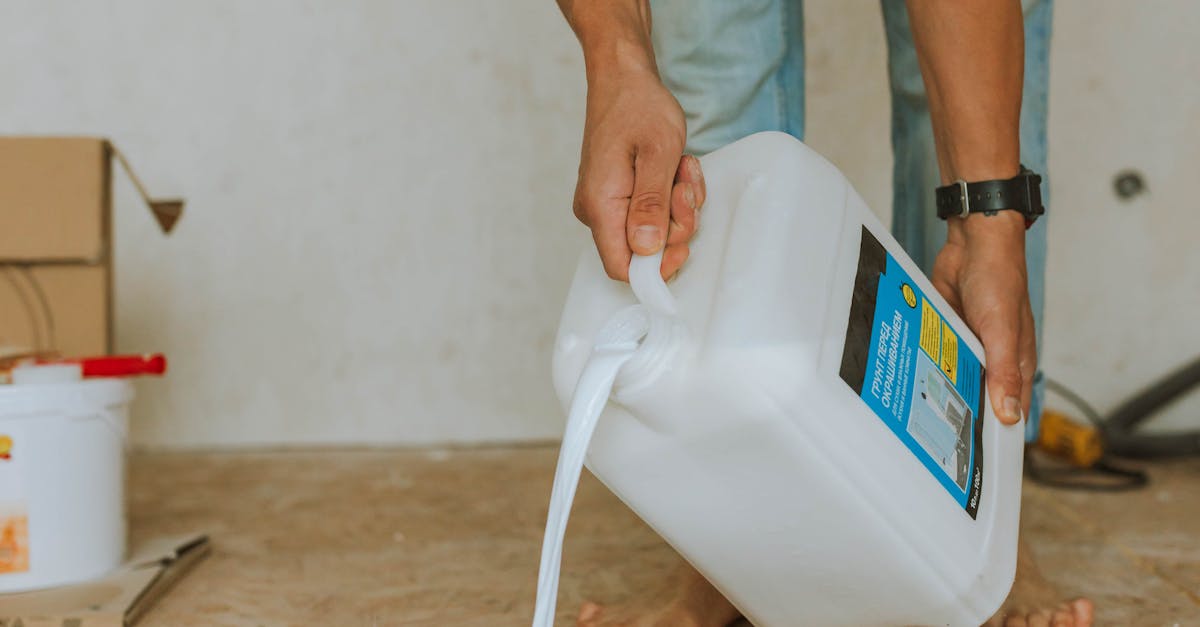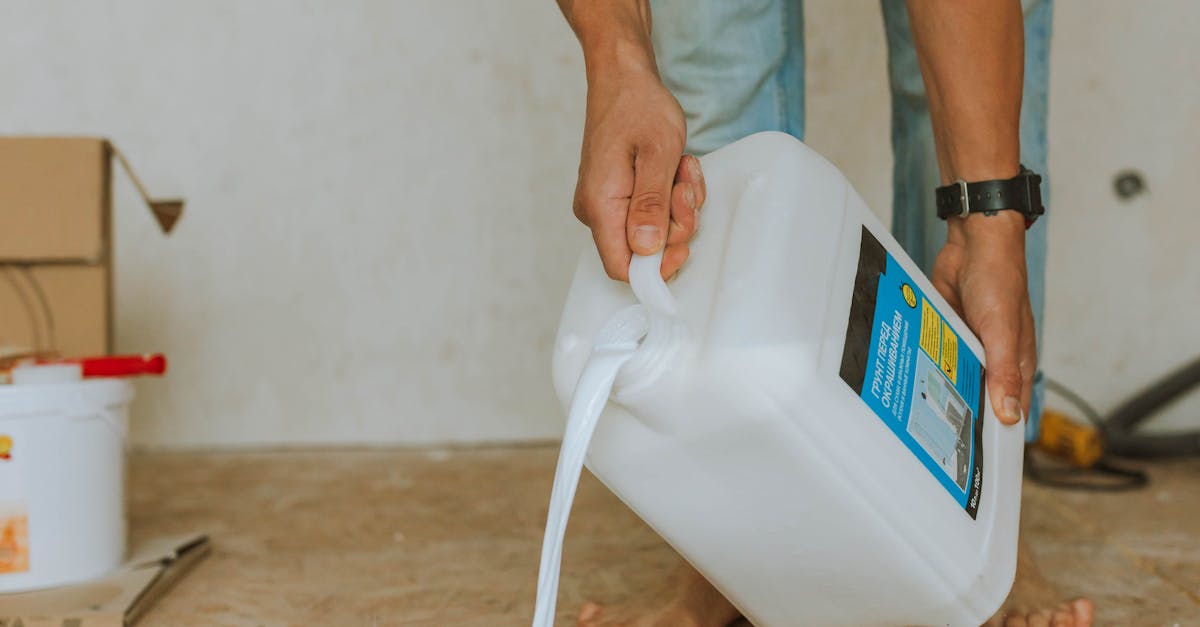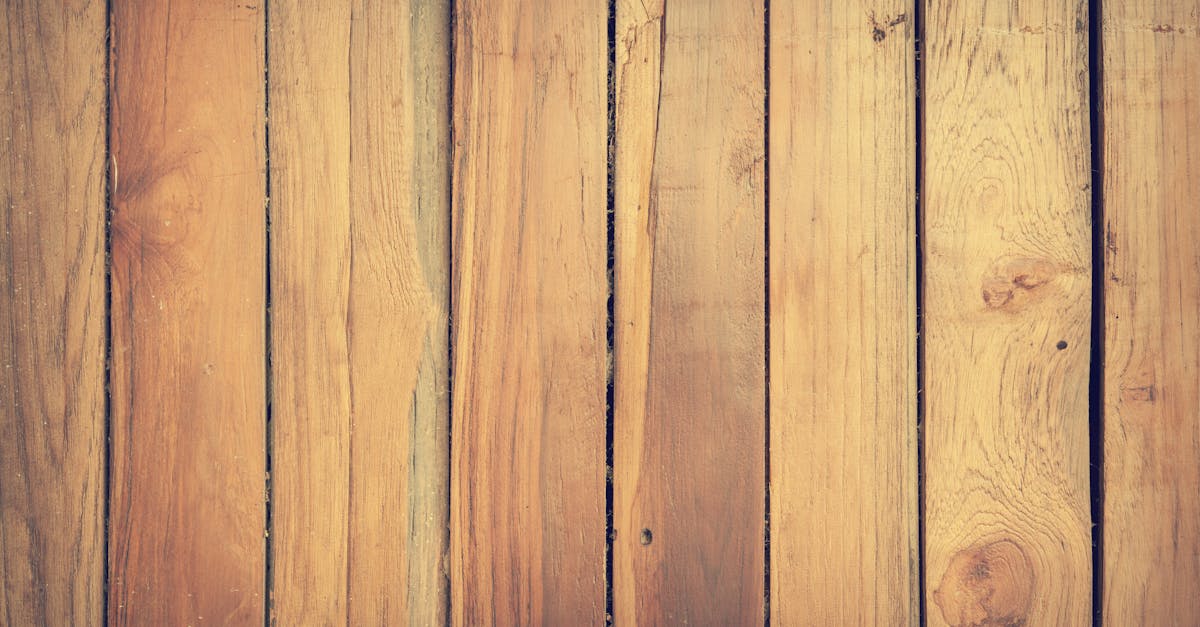
Floor Grinding Techniques
Floor grinding involves various techniques that professionals use to achieve a smooth and polished floor surface. Methods such as wet grinding and dry grinding are commonly applied. Wet grinding utilizes water to minimize dust and heat, making it suitable for materials that may release harmful particles. Dry grinding, on the other hand, relies on vacuum systems to capture dust and debris, allowing for efficient work in more extensive areas without the use of water.
Different techniques can be tailored to specific types of flooring, including concrete, marble, and hardwood. For example, diamond grinding is often employed for concrete surfaces to remove surface imperfections and enhance the floor's overall appearance. Polyurethane grinding techniques may be applied to hardwood floors to preserve their finish while achieving a flatter surface. Each method plays a critical role in the overall floor grinding process, impacting both the quality of the finish and the longevity of the floor itself.
Methods for Different Surfaces
Floor grinding techniques vary significantly depending on the type of surface being worked on. For concrete floors, diamond grinding is often the preferred method. This approach utilizes specialized diamond-embedded pads or blades that effectively remove surface imperfections and create a smooth finish. The grinding process can also open up the surface, allowing for better adhesion if a coating is to be applied afterward.
When dealing with wood surfaces, a gentler approach is typically required. Using sanders with appropriate grit levels helps prevent damage to the wood while still achieving a refined finish. Floor grinding on wooden surfaces usually entails a combination of sanding and polishing to enhance the natural grain. Each surface type necessitates a tailored strategy to ensure optimal results, making the selection of the right method crucial for successful floor grinding.
Choosing the Right Abrasives
Selecting the appropriate abrasives is critical for efficient floor grinding. The type of surface being worked on dictates the choice of abrasives. For example, concrete surfaces typically require harder abrasives, while softer materials may necessitate different options to avoid damage. Understanding the specific requirements of each surface ensures optimal results and prolongs the life of both the floor and the equipment.
Additionally, varying grit sizes play a crucial role in the floor grinding process. Coarser grits remove material quickly and are suitable for leveling and shaping, while finer grits are used for polishing and achieving a smooth finish. It's essential to match the grit size to the task at hand, allowing for a streamlined workflow that enhances both efficiency and quality in floor grinding projects.
Types of Grinding Pads
Floor grinding pads come in various types, each designed for specific applications and surface materials. Diamond pads are among the most popular options due to their durability and efficiency. They are ideal for removing thin layers of concrete, leveling uneven surfaces, and polishing. Other types of pads, like resin and metal bond pads, cater to different grinding needs. Metal bond pads are often used for aggressive grinding while resin pads provide a smoother finish for polishing tasks.
The choice of grinding pads can significantly impact the outcome of a floor grinding project. Different surfaces require specific pads for optimal results. For instance, softer pads may be necessary for softer surfaces, while harder pads are better suited for tougher materials. Matching the type of pad to the application is crucial for achieving the desired finish and extending the life of both the pads and the floor.
Safety Precautions during Floor Grinding
Safety should always be a top priority during floor grinding. Proper ventilation is crucial to minimize dust inhalation. Wearing a dust mask can significantly reduce respiratory risks. Ensure that the grinding area is clear of any obstacles to prevent accidents. If working in a confined space, using appropriate ventilation fans can help maintain air quality.
Essential safety gear is necessary to protect against potential injuries. Steel-toed boots provide foot protection from heavy equipment. Eye protection, such as safety goggles, shields the eyes from flying debris. Additionally, wearing hearing protection is advisable due to the noise generated by grinding machines. Gloves designed for heavy-duty tasks can offer hand protection while allowing for grip and control during floor grinding operations.
Essential Safety Gear
When engaging in floor grinding, wearing the appropriate safety gear is crucial to protect against potential hazards. Safety goggles should be worn to shield the eyes from flying debris and dust generated during the grinding process. A dust mask or respirator is essential to prevent inhalation of harmful particles, especially when dealing with concrete or other materials that may release silica dust.
Protective gloves are important to ensure hand safety, as operators work with various equipment and surfaces. Steel-toed boots can help prevent injuries in case heavy materials are dropped. Hearing protection may also be necessary, as floor grinding equipment can generate significant noise levels. Prioritizing safety gear is vital to create a safe working environment for floor grinding activities.
FAQS
What is floor grinding?
Floor grinding is a process that involves using specialized machinery to smooth or level the surface of a floor, often preparing it for finishing or restoration.
What are the different techniques used in floor grinding?
There are several floor grinding techniques, including diamond grinding, planetary grinding, and wet grinding. Each method is suited for different surfaces and desired finishes.
How do I choose the right abrasives for floor grinding?
Choosing the right abrasives depends on the type of surface being grinded, the desired finish, and the level of aggressiveness required. Generally, harder materials require finer abrasives, while softer materials may need coarser options.
What types of grinding pads are available?
Grinding pads come in various types, including diamond pads, resin pads, and ceramic pads. Each type is designed for specific applications and materials, providing varied levels of cutting power and finishes.
What safety precautions should I take during floor grinding?
Essential safety precautions include wearing appropriate safety gear such as goggles, gloves, and dust masks, ensuring proper ventilation, and following the manufacturer’s instructions for the grinding equipment to prevent accidents.

